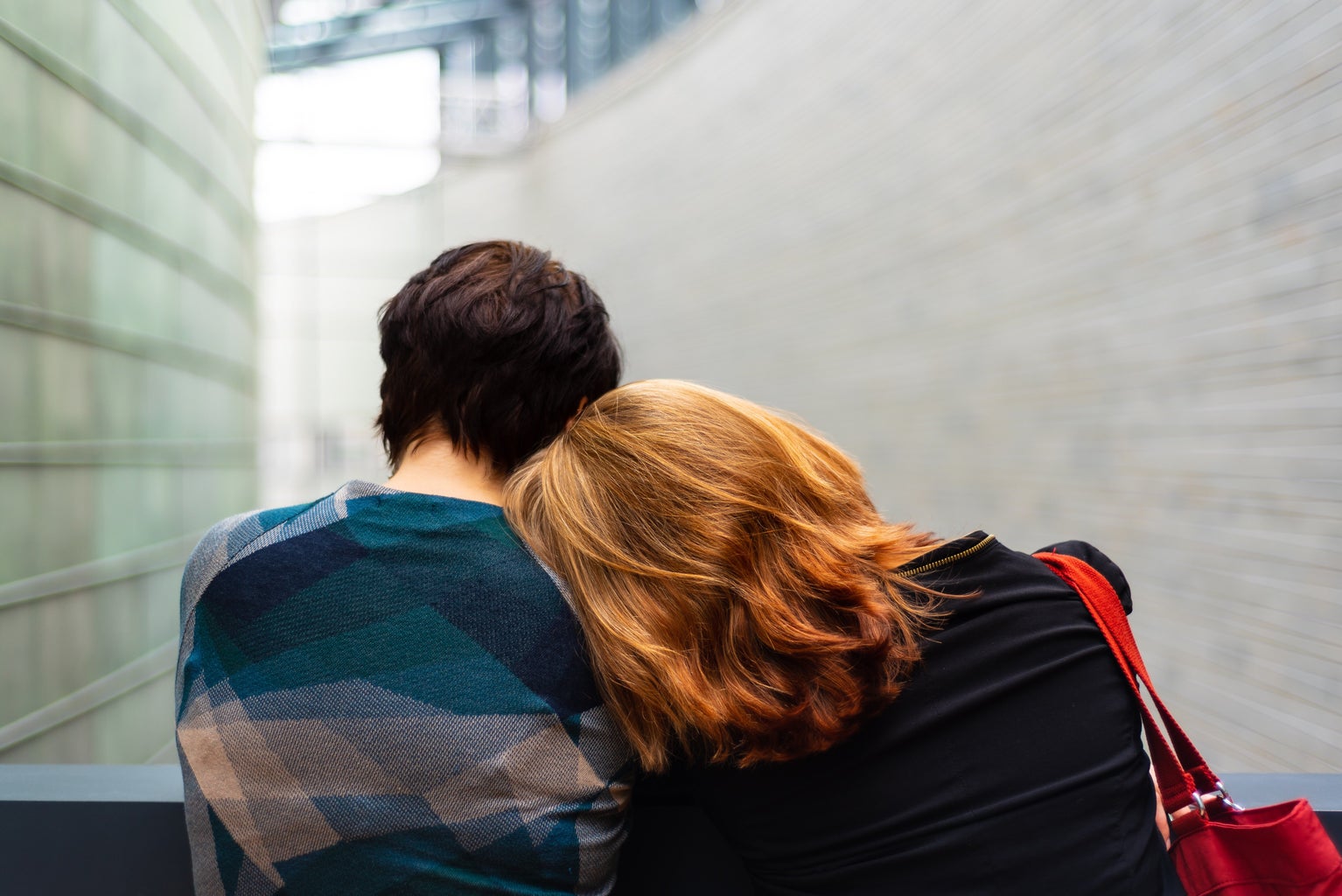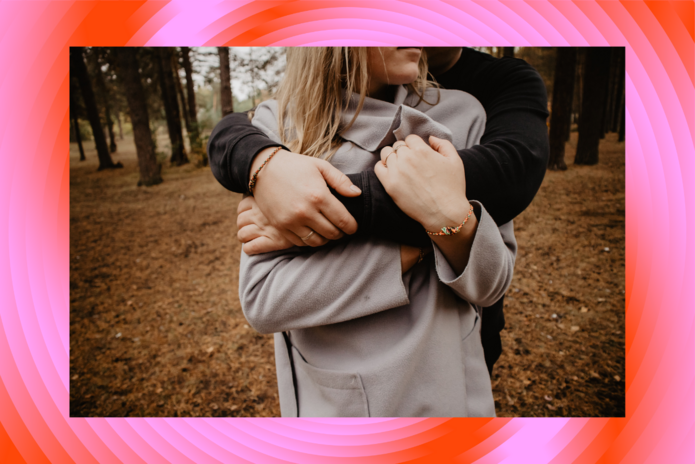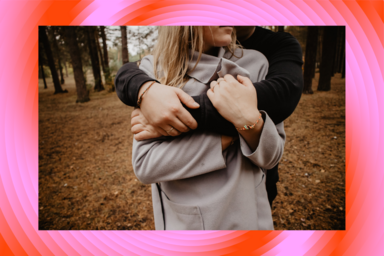Thanks to the downtime brought by the pandemic, overthinking every situation has become the norm for so many, including myself. For me, it started with the uncertainty of COVID-19 in last school year, and it has now spiraled into dissecting every relationship, platonic and romantic, I’ve ever experienced. Crazy, I know. After stumbling upon a podcast that featured Amy Chan speaking on attachment theory, all of my overthinking episodes fell into place.
Attachment theory originated from psychologist John Bowlby and can help draw the connection between your childhood and why you act the way you do in relationships. Bowlby believed that individuals’ childhoods, mainly the way in which kids interact with their caregivers, can determine the way that people form relationships in the future, including the types of people they choose to engage in relationships with.
There are three main types of attachment styles: secure, anxious, and avoidant. The goal is for everyone to have secure attachment styles in order to feel fulfilled and participate in a healthy, sustainable relationship. About half of the population grows up with a secure attachment style, but the other half struggles with the other two styles, and I’m not ashamed to say I am one of those. Here’s a breakdown of the three attachment styles, and what you need to know about attachment theory ASAP.

Secure attachment style
Like I mentioned earlier, the goal is to have a secure attachment style. Secure styles genuinely trust their partners, and are open and willing to be vulnerable. They want to support their partner while also prioritizing themselves as individuals while healthily addressing concerns in their relationship. Many secure styles have healthy relationships with their parents and look to their parents for advice, comfort and help when they need it.
If you can’t identify with a secure attachment style, don’t worry — you are definitely not alone. Realizing both your attachment style and your partner’s is a huge step in the right direction. From there, taking steps to trace your attachment style to its root can lead you to embracing a secure style. Going to therapy can be a helpful step toward developing a secure attachment style, but if you don’t have the time or resources right now, start by journaling your thoughts about your childhood memories, experiences, and past relationships, and evaluate your current ones as well.
Anxious attachment style
An anxious attachment style describes many “first” relationships and tends to be more common for women than men. Typically, those with an anxious attachment style might be constantly worried about whether they are fulfilling their partner’s needs or whether or not they’re “good enough” for their partner. Anxious attachment styles normally develop from inconsistent parenting as a child. The constant limbo between having your needs met and unmet creates a constant need for emotional support. Being attached anxiously often means that you may define yourself by your relationship or feel as if it “completes” you.
Think of it this way: if a breakup would devastate your world so drastically it seems inconceivable, then you are probably anxiously attached. Not only is this an unhealthy attachment style, but it’s extremely tiring! Trust me, I’ve been there. People with anxious attachment styles can end up driving away their partner because of their lack of security. And occasionally, this sense of desperation can end up “attracting” those with an avoidant attachment style — which doesn’t tend to end well.
Avoidant attachment style
People with avoidant attachment styles differ because they attempt to avoid lasting relationships in the first place and try to keep it that way. This means that they may sabotage relationships or keep potential partners at arm’s length. Many people with an avoidant attachment style do so because they’re afraid of being put in a situation similar to one experienced during childhood, and interestingly, they are often easily perceived as narcissistic or emotionally unavailable.
Those with this type of attachment style are extremely fearful of being hurt when emotionally vulnerable — often, they would rather stay emotionally isolated than take the risk that comes with opening up to a partner. This attachment style is better characterized by lots of casual sex, a general inability to open up to new partners, and another characteristic behavior — romanticizing old relationships, which can stem from absent and/or emotionally unavailable caregivers.
While it’s common for anxious and avoidant attachment styles to form connections and long-term relationships, the likelihood of success is slim due to the contradicting aspects of both styles. In the end, “anxious” styles tend to drive “avoidants” away due to their need for validation and constant vulnerability that avoidants are often unable to give.
Learning more about attachment styles — and actively working toward a secure attachment style — can only benefit you and your partner. And while it’s not entirely impossible, people with insecure attachment styles can have a difficult time finding sustainable, healthy relationships, which can ultimately hinder happiness. Dating is a journey that can sometimes be difficult, but by taking the time to explore your unique attachment style, you can work towards becoming more secure in the long run, in both yourself and your relationships!


